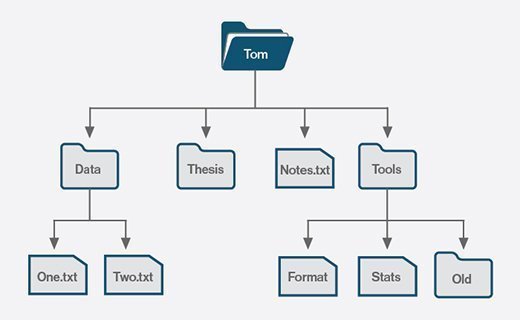


Hence some file systems have specialized structures, algorithms, or combinations thereof to improve speed ratings. Data throughput is very small compared to RAM.Access times are different for different locations on the disk.Data can only be written in fixed size chunks.However, in comparison to memory management, there are some key differences in managing disk media: There are several common approaches to storing disk information. There are several variants on FAT, but the general design is to have a table (actually a pair of tables, one serving as a backup for the first in case it is corrupted) which holds a list of blocks of a given size, which map to the whole capacity of the disk. The File Allocation Table ( FAT) is the primary indexing mechanism for MS-DOS and it's descendants. Moreover, as Unix file systems support hard links (the same file may appear several times in the directory tree), inodes are a natural place to store Metadata such as file size, owner, creation/access/modification times, locks, etc. The inode is the root of the index blocks, and can also be the sole index block if the file is small enough. Inodes (information nodes) are a crucial design element in most Unix file systems: Each file is made of data blocks (the sectors that contains your raw data bits), index blocks (containing pointers to data blocks so that you know which sector is the nth in the sequence), and one inode block. There are several methods of indexing the contents of files, with the most commonly used being i-nodes and File Allocation Tables. Providing a mechanism for preventing unauthorized access to a user's filesĪdditional features may be found on some filesystems as well, such as automatic encryption, or journalling of read/write activity.Allowing files to be marked as 'read-only' to prevent unintentional corruption of critical data.Caching frequently accessed files or parts of files to speed up access.

Buffering reading and writing to reduce the number of actual operation on the physical medium.Providing some form of hierarchical structure, allowing the files to be divided into directories or folders.Allowing files to be divided among non-contiguous blocks in storage, and tracking the parts of files even when they are fragmented across the medium.Assigning human-readable names to files, and renaming files after creation.(Perceptive readers will note that the last four operations - Create, Read, Update, and Delete, or CRUD - are also applicable to many other data structures, and are fundamental to databases as well as filesystems.)Īdditionally, there are other features which go along with a practical filesystem: Reading data from existing files into memory.Tracking which block or blocks of data belong to which files.The fundamental operations of any filesystem are: In order to do this, the filesystem must provide some sort of index of the locations of files in the actual secondary storage. Generally speaking, the goal of a filesystem is allowing logical groups of data to be organized into files, which can be manipulated as a unit. Its content may be changed in the near future.Ī filesystem provides a generalized structure over persistent storage, allowing the low-level structure of the devices (e.g., disk, tape, flash memory storage) to be abstracted away. This page or section is a work in progress and may thus be incomplete. 4.2.1 Guidelines if you do decide to roll your own.


 0 kommentar(er)
0 kommentar(er)
